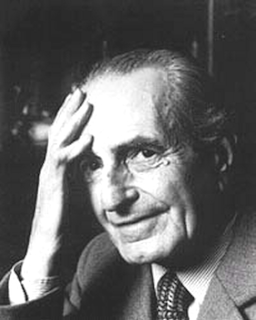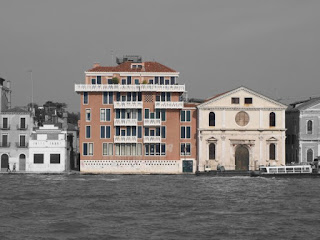Modernist who created Venetian classic
 |
| The architect Ignazio Gardella |
He represented the fourth generation in a family of architects and his destiny was determined at an early age. He graduated in civil engineering in Milan in 1931 and architecture in Venice in 1949.
Gardella designed numerous buildings during an active career that spanned almost six decades, including the Antituberculosis Dispensary in Alessandria, which is considered one of the purest examples of Italian Rationalism, and the Casa alle Zattere on the Giudecca Canal in Venice, in which he blended modernism with classical style in a way that has been heralded as genius.
During his university years, he made friends with many young architects from the Milan area and together they created the Modern Italian Movement.
He worked with his father, Arnaldo, on a number of projects while still studying. On graduating, he set up an office in Milan, although he spent a good part of his early career travelling, sometimes with a commission but at other times to study.
 |
| Gardella's Casa delle Zattere in Venice |
During the 1930s, Gardella designed both the Antituberculosis Dispensary and the Provincial Laboratory of Hygiene in Alessandria. The first building is considered one of the purest examples of Italian Rationalism.
The bulk of his work came as Italy rebuilt in the 1940s and 1950s, although he was still working even into his 80s and 90s, when he designed a new Faculty of Architecture for the University of Genoa and collaborated with a number of architects in renovating the Teatro San Felice in the same city.
He also worked with his son, Iacopo, on building a new railway station, Milano Lambrate, with its distinctive rounded copper roof.
Gardella is best remembered, though, for the projects he undertook in the post-War years, including the Case Borsalino apartments in Alessandria, the PAC (Padiglione Arte Contemporanea) in the Villa Reale in Milan, which Gardella rebuilt, without payment, after it was badly damaged in an explosion in 1996, the Olivetti Dining Hall at their factory in Ivrea and, in particular for the Casa alle Zattere in the Dorsoduro district of Venice, built between 1953 and 1958.
| The Olivetti Dining Hall at Ivrea |
The linear components of Casa alle Zettere are unmistakably contemporary, yet Gardella’s careful selection and manipulation of architectural elements and their subsequent assembly in a well thought-out scheme allowed him to create something that perfectly complements the surrounding buildings, even down to the church of Santo Spirito next door, and would not look out of place among the palaces on the Grand Canal.
Away from architecture, Gardella was an influential figure in interior design, starting as early as 1947, when he founded the Azucena Agency with Luigi Caccia Dominioni, designing primarily decorative furniture.
Gardella, who won numerous prizes for his work, also had an important academic career as a professor at IUAV – the architectural university in Venice. He died in Oleggio, a town about 60km north-west of Milan adjoining the Ticino national park, in 1999.
 |
| The Casa alle Zattere has the appearance of a palace |
The Casa alle Zattere can be found on Fondamenta Zattere allo Santo Spirito between Calle Zucchero and Calle larga della Chiesa in the Dorsoduro quarter of Venice, looking out over the Giudecca Canal towards the Giudecca island, almost directly opposite Palladio’s striking white marble church, the Chiesa del Santissimo Redentore, built to commemorate the plague of 1575-76, which claimed more than a quarter of the population of the city.
Travel tip:
The town of Oleggio in Piedmont sits next to the Park of the Ticino, an area of just under 100,000 hectares situated largely in Lombardy but straddling the border of its neighbouring region. A beautiful area of rivers and streams, moorlands, conifer forests and wetlands, it is home to almost 5,000 species of fauna, flora and mushrooms, as well as a variety of wildlife, from the purple herons, white storks and mallards that populate the waterways to sparrowhawks and peregrine falcons, tawny and long-eared owls, rabbits, foxes, squirrels and stone martens.
More reading:
Giovanni Michelucci - the man who created Florence's 'motorway church'
How Marco Zanuso put Italy at the forefront of contemporary style
What Milan owes to Ulisse Stacchini
Also on this day:
1282: Sicilians rise up against the French
(Picture credits: Top picture from WhipArt archive)
Home